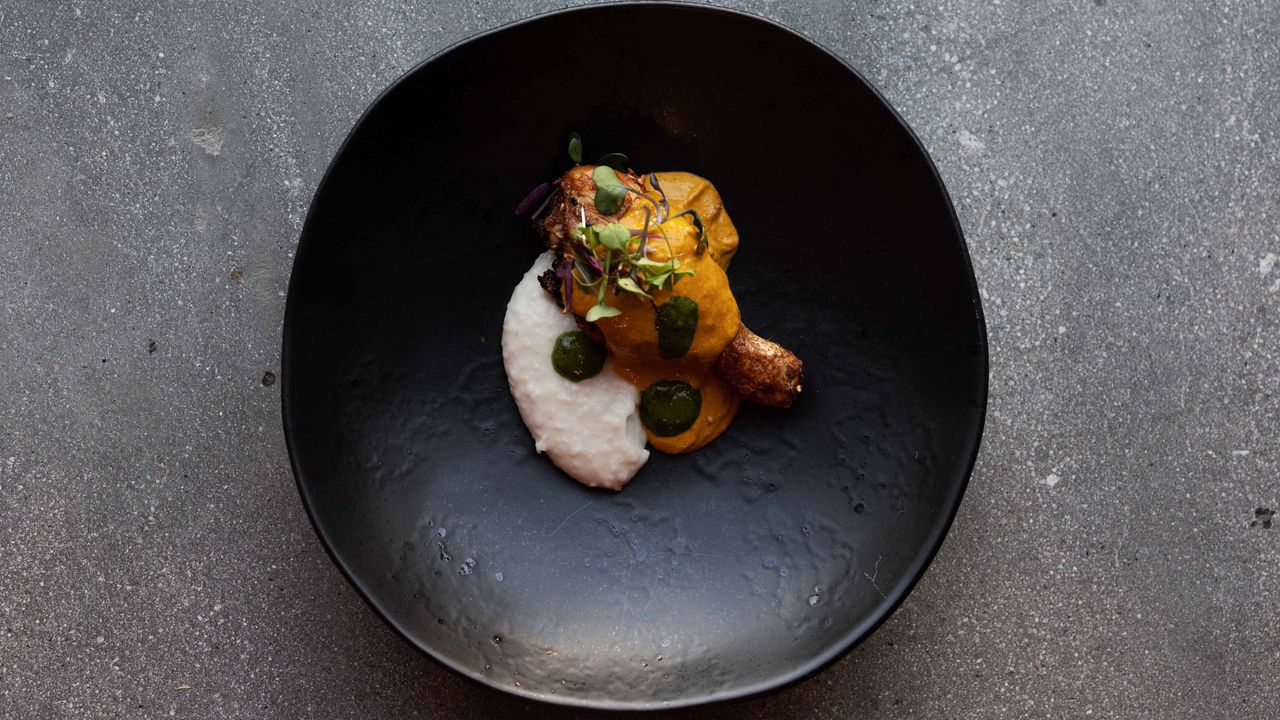The Ancient Lore of the Humble Nigerian Yam
Across Nigeria and its global diaspora, one crop reigns supreme: the yam. Resembling logs with their cylindrical shape and thick bark-like skins, yams have fuelled Nigerian and wider West African communities for millennia.
Reverence for yams runs deep in Nigerian culture. At New Yam festivals, yams are presented in abundance, symbolizing wealth and prosperity. Yam also represents fertility; Nigeria’s high twin birth rate is widely attributed to high levels of yam consumption.
Yam is woven into the fabric of Nigerian society through numerous cultural rites and folktales. The vegetable features prominently in allegorical proverbs, imparting wisdom and cultural norms.
Nigeria’s annual yam festivals are a vibrant showcase of the crop’s significance. These celebrations involve masquerades, prayers, parades, dance, and drumming, paying homage to agricultural and fertility deities.
While yam holds a sacred place in Nigerian identity, it is ultimately cherished for its culinary versatility. It can be pounded, boiled, fried, roasted, and more, offering a canvas for creativity and innovation.
Contemporary Nigerian chefs are elevating yam dishes with modern techniques and international influences. From yam croquettes topped with truffles to yam gratin infused with cardamom, these chefs showcase yam’s adaptability and sophistication.
Traditional yam dishes remain beloved, however. Ofe nsala, ojojo, and ukodo are just a few examples of cherished recipes that have been handed down through generations.
While culinary innovations and cultural practices may evolve, yam remains an unbreakable thread connecting generations of Nigerians to their ancestors, embodying cultural pride and sustenance.



